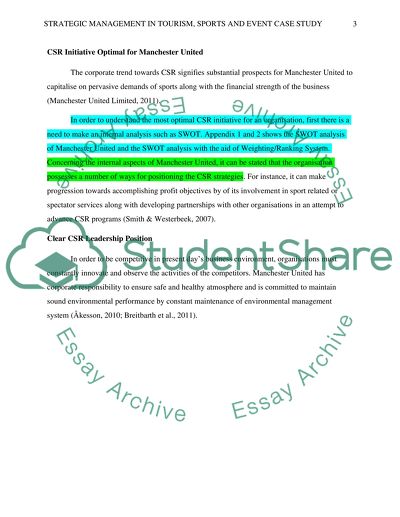Cite this document
(“Strategic Management in Tourism, Sports and Event Case Study”, n.d.)
Retrieved from https://studentshare.org/tourism/1487322-strategic-management-in-tourism-sports-and-event
Retrieved from https://studentshare.org/tourism/1487322-strategic-management-in-tourism-sports-and-event
(Strategic Management in Tourism, Sports and Event Case Study)
https://studentshare.org/tourism/1487322-strategic-management-in-tourism-sports-and-event.
https://studentshare.org/tourism/1487322-strategic-management-in-tourism-sports-and-event.
“Strategic Management in Tourism, Sports and Event Case Study”, n.d. https://studentshare.org/tourism/1487322-strategic-management-in-tourism-sports-and-event.


